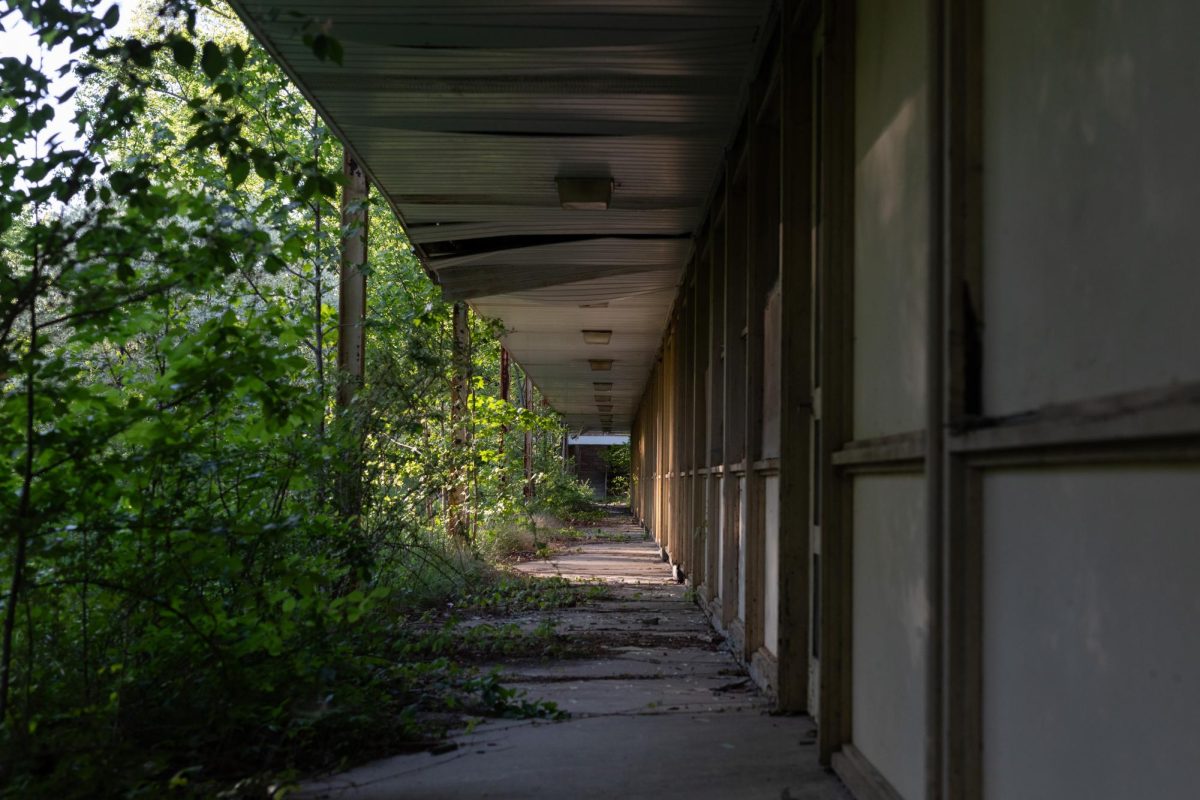Concealed carry questions answered
October 17, 2013
Concealed carry questions answered
Proponents of Illinois’ concealed carry law say there are still gray areas that need to be addressed before applications for a concealed carry license become available Jan. 5.
Those gray areas were brought up Tuesday night during a packed concealed carry seminar at the Carbondale Civic Center. State Representative Mike Bost (R-Marion), a sponsor of the bill, organized the question and answer event in response to the numerous questions his office has received about the licenses.
Advertisement
The Firearm Concealed Carry Act became a state law July 9, making Illinois the last state in the country to legalize concealed carry.
Dave Kemp, founder of Tombstone Gun Range and Training Center in Marion, said while the restrictions in the law are similar to other states, because it is a new law it is important for those carrying firearms to understand the law and know where and how they can carry a firearm.
“One of the complaints I get is you can’t carry anywhere under this law, and I would agree, there are a lot of areas prohibited,” Kemp said.
Public schools, childcare facilities, government facilities, colleges and universities, casinos, stadiums, museums and zoos are just a few of the areas a licensed carrier will not be allowed to bring a firearm. Those areas are required to post “no guns allowed,” signage, the Illinois State Police released Friday. The sign is available to be downloaded from the state police website. In addition to the areas specifically off limits in the law, private businesses that choose to can also ban firearms from their establishment.
Members of the audience Tuesday voiced their concerns about that topic and possible gray area. One audience member asked what would happen if a licensed carrier entered an establishment with a firearm, but did not see the “no guns allowed” signage.
Kemp, who has been a police officer for 19 years, said the officer would assess the situation and determine the carrier of the firearm’s intent. The carrier could face a class B misdemeanor, he said.
Valinda Rowe, a spokesperson for IllinoisCarry. com, an advocacy group for the right to carry in Illinois, said some Illinois congressmen are trying to heighten the sentence for unknowingly entering a banned area.
Advertisement*
“We’re not done yet,” she said. “This is an ongoing process and things are still changing.”
Rowe said state police are adding additional regulations that are not in the law licensed carriers still need to educate themselves on.
In accordance with the law, if a licensed carrier is pulled over by a police officer and is asked if they are carrying a weapon, the carrier has a duty to disclose that information.
“I would lean toward the side of still offering that information up even if you aren’t asked,” Rowe said.
Concealed Carry training classes teach the best ways to lawfully and respectfully interact with an officer while carrying a firearm. Under the law, those who apply for a license must have had 16 hours of training.
Kemp said how much training and what qualifies as training is also a question many people have.
Military veterans or those in active duty can apply eight hours of their military training to the 16 required, but still need to take eight prior to applying for a license. Up to eight hours of other forms of training, such as National Rifle Association and a hunter’s safety course, may also be recognized, but with proof of training.
Bost will hold another seminar at 6:30 p.m. Nov. 16 at the Municipal West Building in Mt. Vernon. Frequently asked questions about the law can also be found at the Illinois State Police website, isp.state. il.us.
Advertisement








